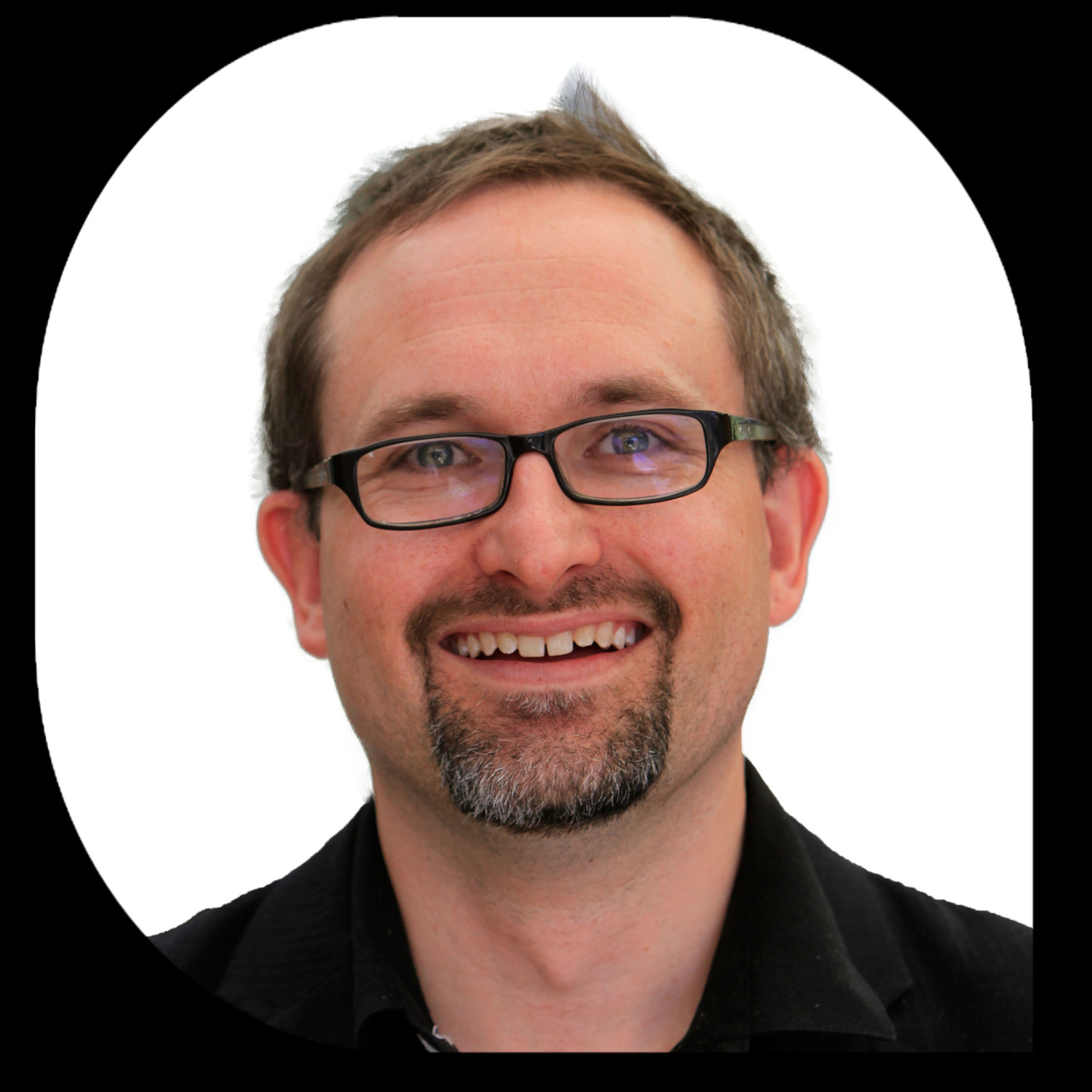Organisational [frame]
Here is a definition and exploration of organisational frames.
An organisational [frame] refers simply to a set of elements that organised according to set number of relationships. Those elements can themselves be [frames], even nested organisational [frames].
All physical objects are, by this definition, organisational [frames]. Here are some physical examples:
- electrons, protons, neutrons are organisational [frames] made by organising up quarks and down quarks. Let's call these o-frames for brevity.
- atoms are o-frames, made up of electrons, protons, neutrons in particular organisations. e.g. more electrons = a different atom.
Even before we go any further, how interesting that substances we experience as very different to each other, are actually made of the same elements that are simply organised in a different way.
- molecules are o-frames, with atoms as elements, e.g. H2O is 2 hydrogen atoms with 1 oxygen atom. The two hydrogen atoms sit lop-sided on the oxygen atom, and this lop-sided organisation leads to some of water's properties such the way it curls up onto the rim of a cup.
etc etc etc, let's go to a more relevant scale:
- a table is an o-frame. It consists of a flat surface with supporting structures that connect it to the ground and make it stable.
UH OH - problem! A table may have 4 legs, or 1 big leg that spreads out, or 3 legs, or 8 legs...
Furthermore, if you and I sat on the grass and put our picnic food and drink on a large rock we could easily call that a table! Almost anything could be called a 'table'.
Yes, and we could look at that thing, whatever it was, and identify what components went into it and how they were organised.
O-frames can contain non-physical elements, such as beliefs, expectations, and even other [frames] such as sequence [frames] or narrative [frames].
So we could dig around into the concept of a table and identify what mental or contextual circumstances allow an object to be considered a table.
What we will discover is a very broad spectrum of contexts and meanings for the word. We have found ourselves up against the subject / object split.
And that's absolutely fine. This very ambiguity, and the elasticity of concepts, is exactly what we can now wrestle with, argue about, and examine in diverse contexts.
Remember the whole point of [frames] vocabulary is to alienate ourselves from something familiar in order to gain greater insight into what makes it what it is.
A Bigger Example
Consider 'Monopoly' as an o-frame. This turns out to be easier and less elastic than a simple noun like 'table'. (Although still much more elastic than we might think at first glance).
What elements are required to make up a game of Monopoly? How must they be organised in relation to each other? If I ran around hitting people on the head with a Monopoly board then we would not, by convention, say "Oh look, Steve is playing Monopoly."
We do need physical components.
Each of those physical components are themselves o-frames, as per our initial description.
If we want to we can drill down what physical materials the Monopoly board is made of - inks, cardboard, etc, and then what those materials are made of etc. But we don't have to - you can take as much detail as you want to with o-frames. It's functional to simply say: we need a board.
However the ink on the board does need to follow a certain pattern for it to count as a conventional Monopoly board. The ink itself is an o-frame and a very relevant one at that.
So the o-frame Monopoly also contains other o-frames such as the ink on the board, which is organised in a particular way. There is quite some elasticity here as there are many versions of Monopoly with different titles and graphics etc. I suppose we could even get rid of some squares and add others - and still call it Monopoly. However I don't want to be too distracted by exciting insights about elasticity right here...
...because we still have the other elements - the tokens representing the players, the dice, the cards, the cash, and so on - physical components
...and the rules
...and mental concepts such as currency, clockwise direction, gaol
...and the players themselves
...and what else?
What else goes into Monopoly? And how does it need to be organised within the system? For instance, the tokens go around the side of the board, the chance cards don't. These elements are organised in particular relationships.
Therefore, Monopoly is an o-[frame], even though it contains other o-[frames].
Monopoly is an artificial creation. There wasn't always Monopoly. Then there was. And something about Monopoly has hit a sweet spot over the last century. It is much more popular than many other board games, and better known.
Why?
What is it about the [frames] that go into the Monopoly o-[frame] and what is it about the way those [frames] are organised in relation to each other, that made it so popular?
How could you change the [frames] or re-organise them? What would the result be?
The concept of an o-[frame] therefore opens up pathways for innovation and re-imagining, since it prompts us to identify the elements and relationships in the thing we are considering.
